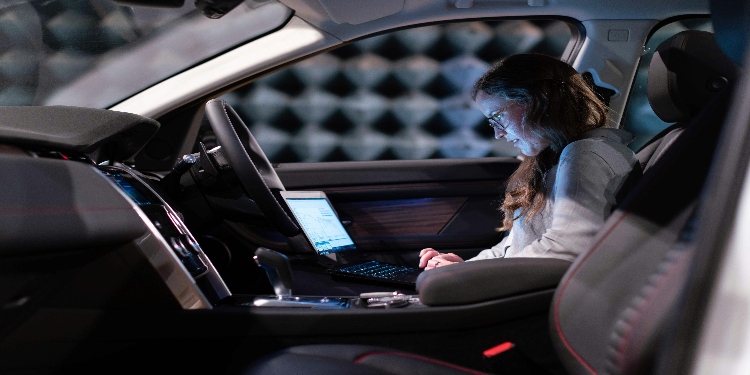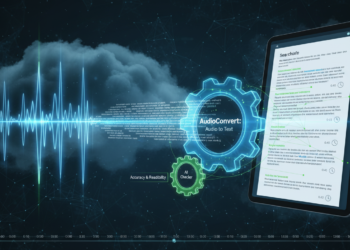As modern vehicles evolve into highly connected digital platforms, cybersecurity is no longer an optional add-on—it’s a core requirement for safety and reliability. Recognizing this shift, the automotive industry has adopted ISO 21434, an automotive cyber security standard that mandates structured risk management throughout the vehicle lifecycle. Despite this framework, vehicles remain exposed to a range of vulnerabilities that can be exploited by malicious actors—from remote attacks on infotainment systems to unauthorized access through keyless entry.
The Growing Attack Surface of Modern Cars
Today’s cars are equipped with dozens of electronic control units (ECUs), sophisticated software, wireless communication interfaces (e.g., Bluetooth, Wi-Fi, cellular, V2X), and cloud-connected services. While these technologies improve performance, safety, and user experience, they also dramatically expand the vehicle’s potential attack surface.
Common cyber vulnerabilities include:
- Insecure Communication Protocols: The Controller Area Network (CAN bus), which connects various ECUs, lacks encryption and authentication by default. Attackers who gain physical or remote access can inject malicious commands.
- Keyless Entry Exploits: Relay attacks can intercept signals from a key fob, enabling thieves to unlock and start the car without physical access.
- Telematics and Infotainment Hacks: Systems connected to the internet may expose the vehicle to malware, unauthorized tracking, or data theft.
- Software Supply Chain Risks: Vulnerabilities in third-party software libraries or supplier components can compromise the vehicle’s security posture.
Real-World Incidents
Several high-profile demonstrations and breaches have illustrated the severity of car cybersecurity vulnerabilities:
- In 2015, researchers remotely hacked a Jeep Cherokee via its infotainment system, taking control of the steering, brakes, and transmission.
- In recent years, attackers have exploited Tesla’s in-car browser and Bluetooth stack to access internal systems.
- Keyless entry hacks have led to significant rises in vehicle theft, particularly in luxury brands with poorly secured fob technology.
These cases underscore the urgent need for comprehensive and standardized cybersecurity practices across the automotive ecosystem.
ISO/SAE 21434: Building Security Into the Vehicle Lifecycle
ISO/SAE 21434 addresses these concerns by providing a detailed framework for implementing cybersecurity throughout the vehicle’s entire lifespan—from concept and development to post-production monitoring and updates.
Key provisions of the standard include:
- Threat Analysis and Risk Assessment (TARA): Identifies potential threats and evaluates their impact and likelihood.
- Secure Development Lifecycle: Encourages integrating security early in design and development rather than as a reactive measure.
- Incident Response and Monitoring: Requires manufacturers to establish mechanisms for detecting and addressing cybersecurity incidents post-sale.
- Supplier Coordination: Ensures that all stakeholders in the supply chain comply with the same cybersecurity requirements.
Bridging the Gap Between Compliance and Security
While ISO/SAE 21434 sets a strong foundation, real-world security depends on proper implementation, continuous testing, and timely updates. Some of the best practices include:
- Penetration Testing and Red Teaming: Simulate attacks to discover weaknesses before malicious actors do.
- Over-the-Air (OTA) Updates: Enable fast deployment of security patches and software upgrades.
- Anomaly Detection Systems: Use AI to monitor in-vehicle network behavior and detect unusual activity.
- End-to-End Encryption: Protect data communication between vehicle systems and external servers or devices.
Conclusion
Car cybersecurity vulnerabilities represent a significant safety risk in our increasingly digital mobility ecosystem. ISO/SAE 21434 provides the automotive industry with a structured approach to mitigate these risks, but technical execution and ongoing vigilance are what truly make the difference. As vehicles become smarter and more autonomous, cybersecurity must become an integral part of their DNA, not just a compliance checkbox, but a core commitment to protecting drivers, passengers, and the infrastructure they depend on.












































































